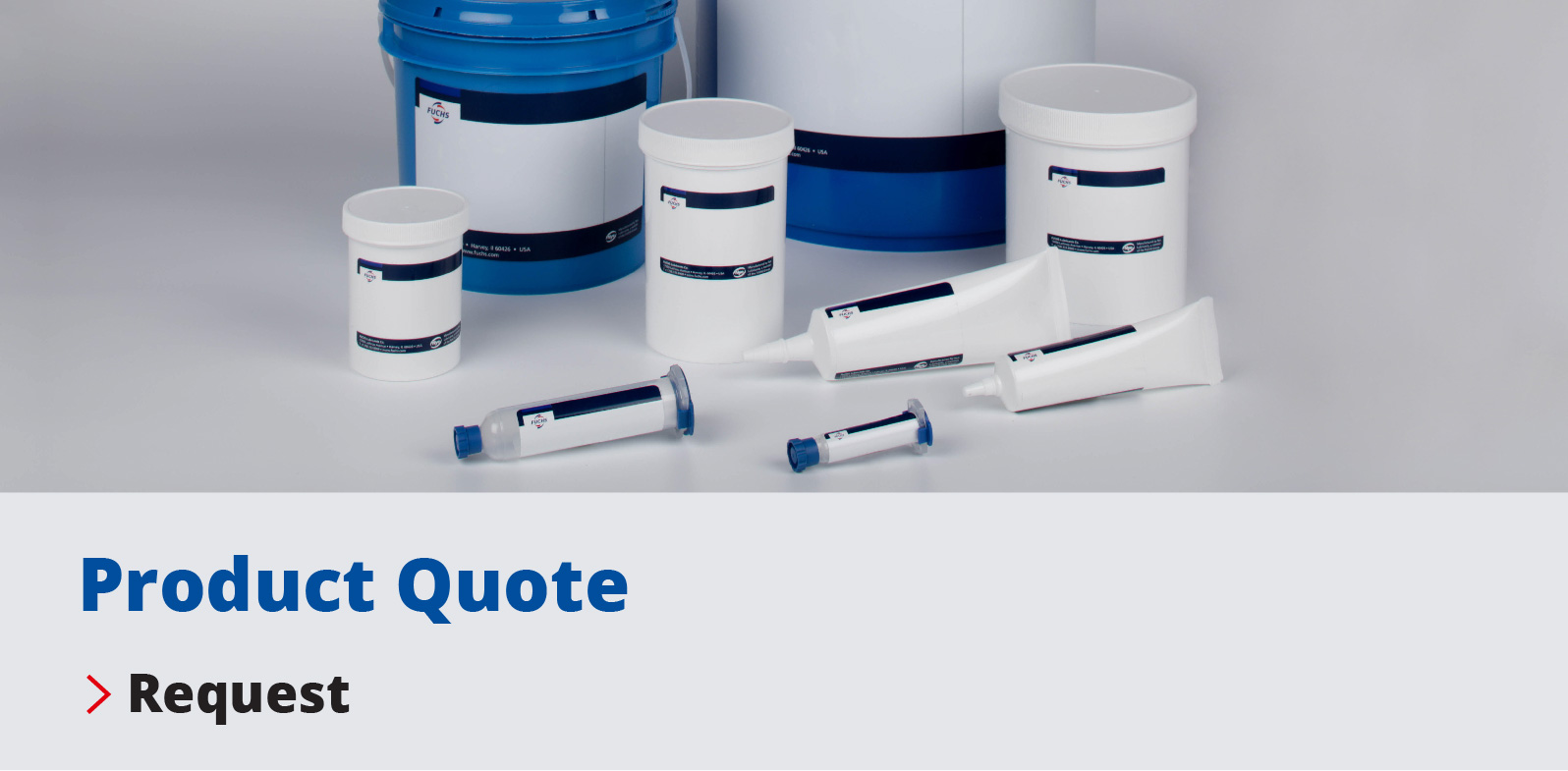Sensors & Potentiometers
Potentiometers and other sliding position sensors are electromechanical devices whose performance and operating life can be dramatically improved through lubrication. Each of these devices has a metal wiper that moves along a resistive element, to regulate current flow to a device or to indicate when precalibrated positions are reached. The tracks may be any of a variety of conductive materials: wound metal wire, conductive plastic or ceramic compositions. Lubricating these tracks helps prevent wear, attenuate electrical noise and extend operating life.

Selecting lubricants for potentiometers & other electromechanical sensors - oil or grease.
Wear prevention is the primary reason for potentiometer track lubrication. Most importantly, the lubricant film must be strong enough to prevent wear but thin enough throughout the operating range to prevent contact hydroplaning and resulting intermittencies. When working with small, delicate mechanisms with extremely low starting torque, oils may be required. However, greases, with their important stay-in-place advantage, have been the most successful potentiometer lubricants. Light, low shear greases, some approaching a semi-fluid state, can often be designed for even very low power applications.
Broad temperature film strength.
Since it is the film of lubricant that prevents wear, good film strength is essential. While arcing is not usually a problem, high heat generated by resistance — the temperature can reach 225°C in automotive dimmer switches, for example — requires a lubricant to retain film strength over a broad temperature range.
Ambient conditions also affect lubricant selection. Very low temperatures cause some lubricants to become so viscous that they prevent motion. On the other hand, in underhood applications where performance-related devices are multiplying, extreme wide temperature and fuel-resistant lubricants have become a necessity.
A note about damping greases.
Although not intended as track lubricants, Nye’s damping greases are widely used on potentiometers and other rotary devices where shaft/bearing lubrication is needed to damp free motion and produce a “velvet feel.” See our application summary on Damping Greases for details.
Our Products
The following is a partial list of popular Nye lubricants for potentiometers and sliding position sensors. Additional oils and greases are available to meet a wide range of application requirements. For technical specifications, evaluation samples, questions about any Nye products, or to discuss a lubricant custom-designed for your application — call us at +1.508.996.6721.
| Lubricants | Temperature Range (°C) | Base Oil Viscosity @ 40°C | Applications |
|---|---|---|---|
|
RHEOLUBE 716A |
-54 to 150 | 18.5 cSt | Ester-based grease fortified with special additives to reduce electrical noise & wear in electrical contact applications. Good wide-temp serviceability. Base fluid has excellent film strength for very high-load applications. Use with caution around ester-vulnerable plastics |
|
UNIFLOR 8511 |
-50 to 225 | 65 cSt | Chemically resistant fluorinated grease with excellent thermo-oxidative stability & low-vapor characteristics |
|
UNIFLOR 8511S |
-50 to 225 | 65 cSt | A PTFE thickened, medium viscosity, completely fluorinated grease for use in high temperature applications exposed to fuels or aggressive chemicals. It possesses excellent thermo-oxidative stability and low vapor pressure characteristics |
| UNIFLOR 8951 | -90 to 200 | 18 cSt | Chemically resistant fluorinated grease with exceptional low temperature capability & low-volatility. Useful where contact force is <50g. Helps prevent hydroplaning, especially where there is high-speed linear motion |
|
UNIFLOR 8981 |
-65 to 250 | 136 cSt | Chemically resistant fluorinated grease with wide-temp fluidity, very low volatility, & exceptional high-temp stability. Lowest shear resistance for delicate low-temp applications.","material_name":" |
|
UNIFLOR 8910 |
-70 to 225 | 90 cSt | A medium viscosity perfluoropolyether oil intended for applications where temperature extremes, exposure to fuels or aggressive chemicals in the operating environment would preclude the use of more traditional lubricants. |


